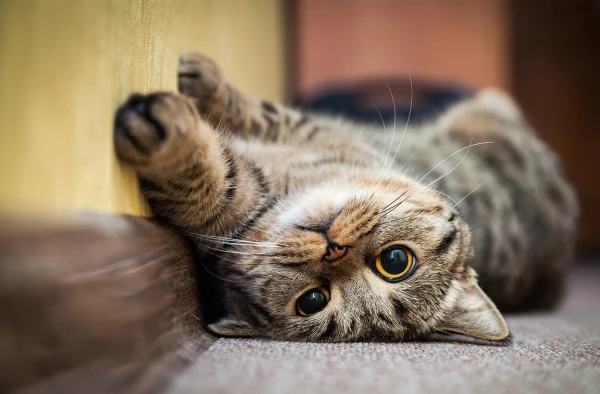
It is commonly believed that cat purring is a sure sign of a good mood. But this is not the only reason.
The usual range of cat purring is 25 dB. However, in 2015, a domestic cat named Merlin, living in the UK, purred at 67.8 dB and made it into the Guinness World Records as the loudest cat. The sound he produced easily drowns out television programs and even a dishwasher. But what makes cats purr?
What do cats need for happiness? To eat and lie on their owner's lap while being scratched behind the ears, it seems. But purring is not as simple as it seems.
A Means of Communication
Kittens begin to make sounds at the age of two to three days, and for them, it is a means of communication. This is how the mother finds her kittens and understands that it is time to feed them.
In 2009, scientists from the University of Sussex suggested that cat purring varies. With it, adult cats, for example, remind their owners about lunch. The research conducted by Dr. Karen McComb, who led the study, was inspired by her own cat, Peppo. He would wake his owner with persistent purring, but as soon as she filled his bowl with food, he would stop.
The woman gathered volunteers and asked them to record the sounds their pets made under different circumstances, and then analyzed the reasons for cat purring. It turned out that when demanding attention from their owners, cats add high frequencies to their purring, and this sound is nothing like the one produced when the animal is being stroked. It is more akin to a baby's cry. It is impossible not to respond to it.
When demanding attention from their owners, cats add high frequencies to their purring, and this sound is nothing like the one produced when the animal is being stroked. It is more akin to a baby's cry. It is impossible not to respond to it.
Therapeutic Effect
There are other reasons why cats purr. For example, there are sounds that the animal makes when it experiences stress or is near a sick relative or owner. This is not quite like purring. In this case, the cat purrs not for moral support.
Frequencies in the range of 25–50 Hz are helpful for bone fractures, while frequencies around 100 Hz promote tissue healing. It is presumed that after stress, a cat purrs for this reason: it heals itself by rejuvenating tissues. This gives a significant advantage in the struggle for survival. By the way, grooming is also a healing process. And ritualistic. We discussed in detail why cats groom themselves in our material.
Cats Purr and Help Their Owners Recover
Owners also benefit a bit. Moreover, it has long been noted that interacting with cats helps relieve psychological tension and stress. But scientists from the University of Minnesota have proven that the therapeutic effect they provide is much more serious. Cats purr and help their owners recover. Under the guidance of Adnan Qureshi, a group of medical professionals observed the health of 4,435 Americans aged 30 to 75 for ten years. Of these, 2,435 had cats, while 2,000 did not. As a result, the scientists noticed that cat owners are 30% less likely to die from a heart attack than "loners."
Scientists at the University of California, Davis even suggested using purring at 25 Hz for the faster recovery of the musculoskeletal activity of astronauts who have spent a long time in zero gravity. They based this on the theory that strengthening bones through vibration is necessary for cats not only for healing injuries but also because they sleep 16–18 hours a day, and excessive immobility is harmful to health.
Scientists at the University of California, Davis even suggested using purring at 25 Hz for the faster recovery of the musculoskeletal activity of astronauts who have spent a long time in zero gravity.
How and Why Do Cats Purr
But how do they do it? This is not exactly known. They do not have a special organ for purring.
American professor and science popularizer Kurt Scherer, like most other scientists, believes that it all comes down to the muscles of the larynx. Between the base of the skull and the base of the tongue are finely connected hyoid bones. When the muscles near the vocal cords contract, they vibrate, and we hear the "purr."
The mechanism is triggered by electrical impulses that arise in the cerebral cortex. They reach the muscles located near the vocal cords and cause them to contract. By the way, do you know why cats trill?
Do Tigers and Lions Purr?
American scientist Elizabeth von Muggenthaler noted that not only domestic cats purr but also lions, cheetahs, jaguars, and other members of the feline family. She studied the purring of cats from 44 species and found that the sounds they produce range from 20 to 140 Hz.
However, the sounds made by tigers and lions can only be called purring with a great stretch. This is due to the structure of the larynx in these members of the feline family: the hyoid bones are protected by dense cartilages that extend to the skull and prevent the bones from vibrating. It results in not purring but rather a fearsome roar.

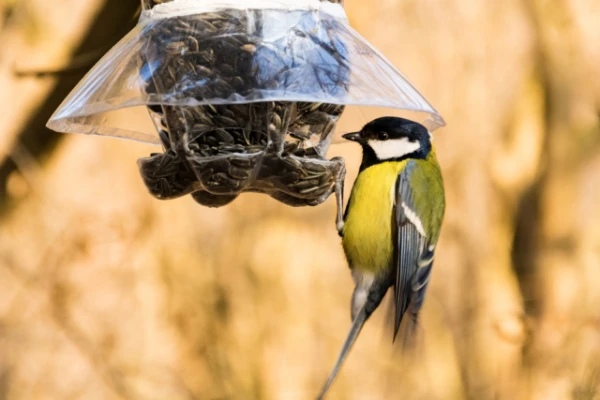

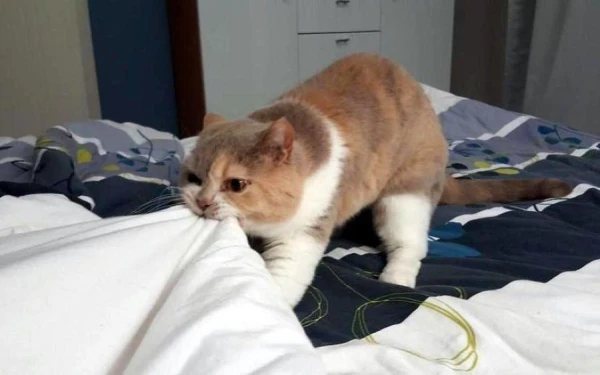

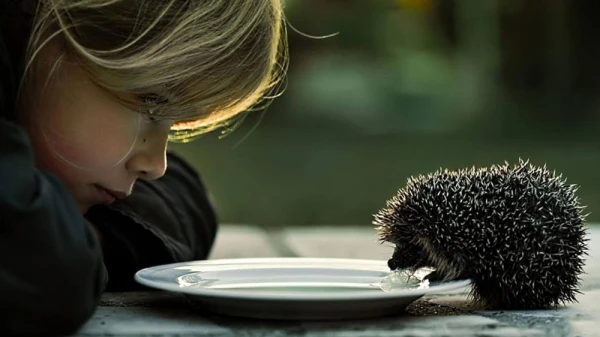

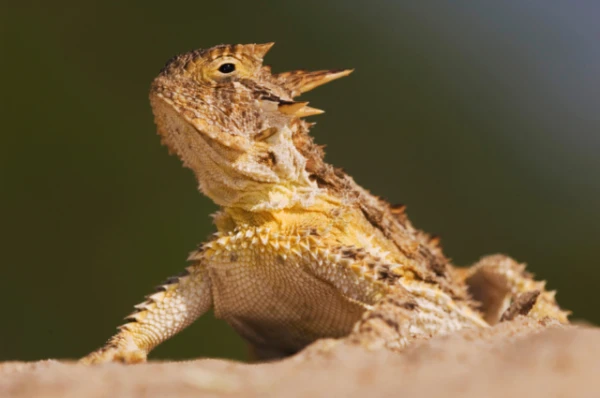
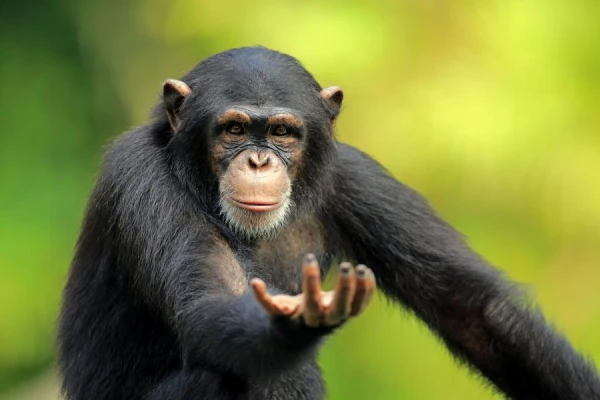





Leave a comment